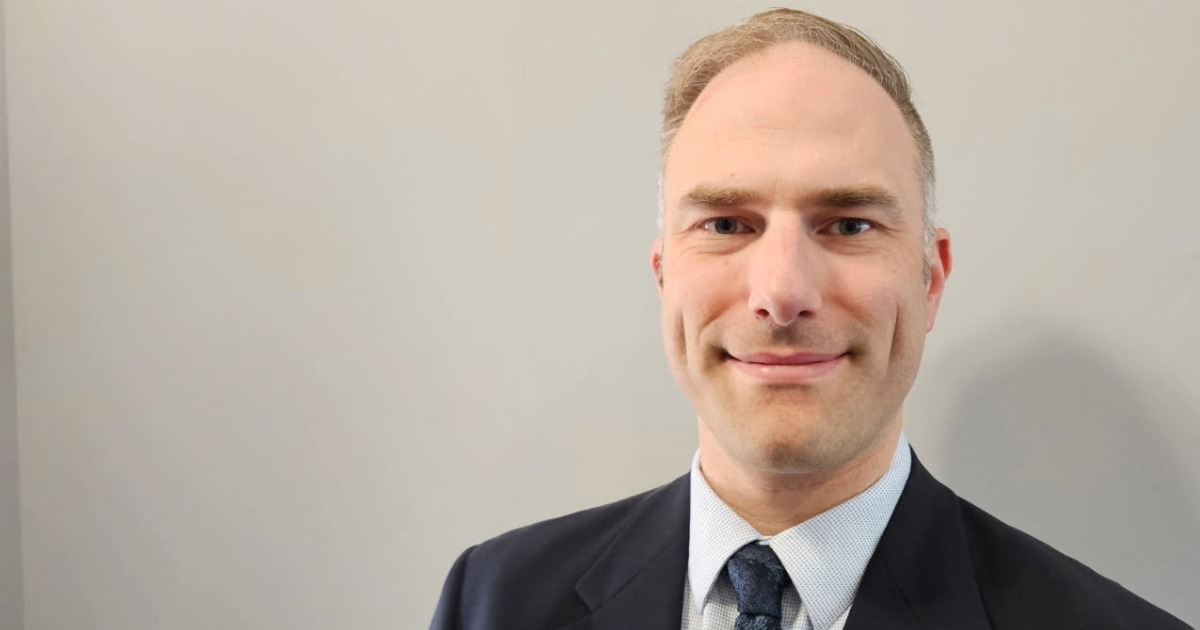
Dean Mericka leads the Allscripts Federal Sector. He has been involved with Department of Defense (DoD), the Intelligence Community and numerous civilian agencies for more than 10 years. He also brings more than 28 years of experience in leading sales, marketing and services functions in a variety of software industry businesses.
Q: The U.S. Department of Defense (DoD) highlights interoperability as a key issue to ensure health records are easily accessible to clinicians as patients move between multiple care sites as well as within a network of managed care contractors. What features must an EHR provide to support the needed level of flexibility?
A: Interoperability is critical to make sure patients’ records and other needed data is available at the point of care on whatever devices clinicians use. But, there’s a lot of confusion about what interoperability means.
For Allscripts, interoperability strengthens coordination of care both within the Military Health System (MHS) and its partners such as Veterans Affairs (VA) and commercial managed care contractors like Humana and UnitedHealth by providing patients’ entire record within providers’ workflows.
Within the MHS, Allscripts achieves the fullest level of interoperability through the use of a single electronic health record (EHR) system that spans all points of care, supported by an interoperable mobile application for first responders.
Outside of the MHS, “interoperability” should enable the exchange of patient records and data using open standards at multiple levels. At the most basic level, HL7 messaging enables Allscripts EHR system to connect to other systems to exchange data like lab results, send radiology orders or receive physical therapy orders.
Next, the MU2 Direct Messaging format enables the exchange of CCDs. For Allscripts, it’s a trusted, secure, MU2-compliant approach to ensure CCD interoperability with MHS partners at the VA and other private/public organizations. We also provide the ability to use the Nationwide Health Information Network (NwHIN) to exchange patient records with organizations such as the VA and SSA using the Healtheway exchange.
For true application-to-application interoperability, Allscripts uses Service Oriented Architecture (SOA) services that enable MHS partner application services to be embedded directly into the native user interfaces and workflow without the need to log in and out of other systems and navigate a different UI.
Q: The DoD’s RFP addresses a number of scenarios where injured service members may be transferred between multiple healthcare facilities in a number of countries in a short amount of time. What role should an EHR play in ensuring coordination of care?
A: An EHR that efficiently transfers all required patient data to and from each point of care is fundamental to coordinating care and ensuring the next treatment facilities are ready when patients arrive.
For example, in conjunction with field medics, Allscripts designed a new Battlefield Sick Call mobile handheld application that works offline, and then synchronizes data with the Allscripts EHR at the first point of fixed care. The format of the app is based on the input and experiences of military first responders.
The mobile solution is a key part of providing first responders with a complete, status of patients’ medical history and provides evidence-based guidelines to guide patient care. . The EHR combines medical data from the point of injury with the patients’ records, enabling integrated care, including data about medications, allergies, problem lists, immunizations, history and documentation such as admission and discharge summaries, consultations and operative notes.
Medical and dental records also share common demographic and eligibility data sources (DEERS) and are governed by a consistent content management process. The Allscripts solution provides a single longitudinal record accessible by clinicians, regardless of location or communications capability.
Q: How can an EHR help strengthen the decisions clinicians make at the point of care to improve patient outcomes?
A. The Allscripts EHR is built on a Clinical Decision Support (CDS) foundation, which spans several care scenarios:
· The point of care;
· Retrospectively for operational and clinical quality measurements;
· Across population sets to manage and improve chronic diseases and reduce readmissions;
· As a research tool to assist innovators with advancing treatments using genomics and proteomics
The purpose of the CDS foundation is to provide clinicians ongoing access to evidence-based best practices that inform care protocols, which improves quality of care and patient outcomes.
At the point of care, Allscripts offers a unique “adaptive” CDS capability based on the computerized provider, prescriber or physician order entry (CPOE) that has been shown in numerous studies to increase patient safety and reduce the cognitive load on providers.
For example, as part of a hospital-wide project to improve Venous Thromboembolism (VTE) prevention, Johns Hopkins implemented a VTE risk stratification and prophylaxis recommendation tool. The Allscripts A-CDS tool was embedded within all admission and transfer order sets within our Sunrise system. The rate of preventable harm from VTE decreased from 1 to 0.17%.
Leveraging the overwhelming powers of CPOE with A-CDS remains critical to the future of best practices in healthcare and to improved patient safety and efficiency.
Q: What safeguards should an EHR have in place to ensure healthcare records are maintained securely?
A: Absolute security of healthcare records is a priority for all healthcare providers. For the DoD, the safekeeping of personnel records is even more acute. Accumulated patient information might indicate force readiness and movements. For this reason, Allscripts has fortified and certified our solutions to meet the strict requirements of the DoD. Security is always a priority for Allscripts and the added measures are beneficial for all clients, but we take security of our systems that support the service member and their families as a top priority.


